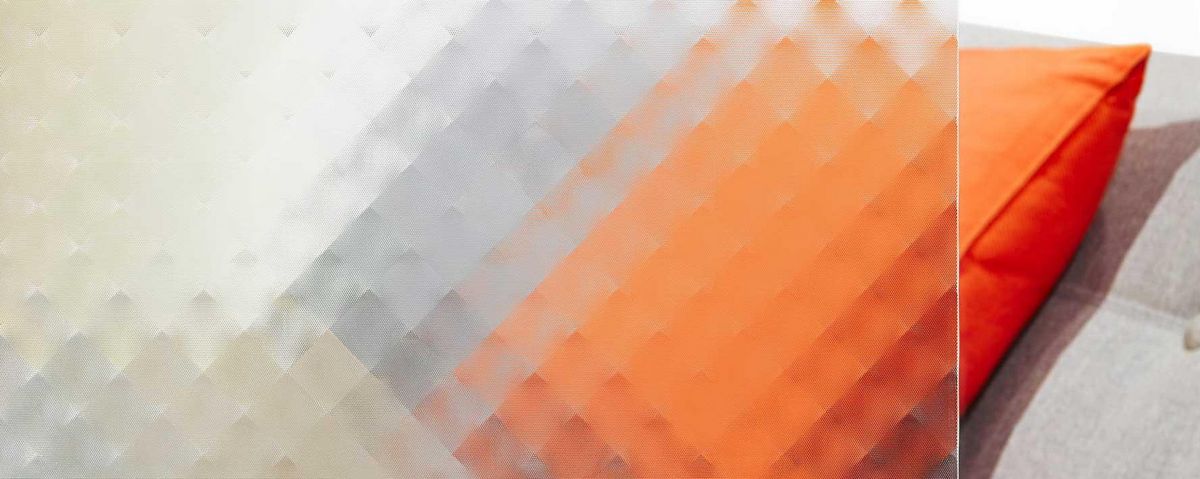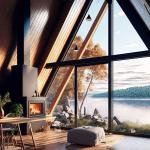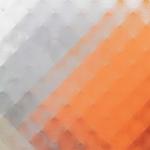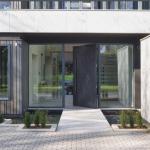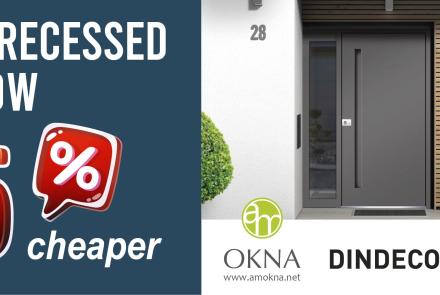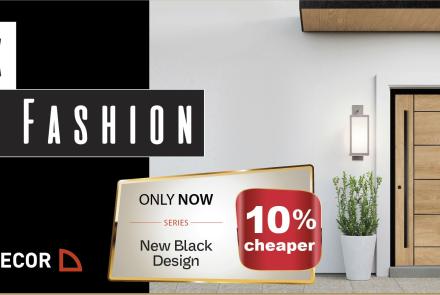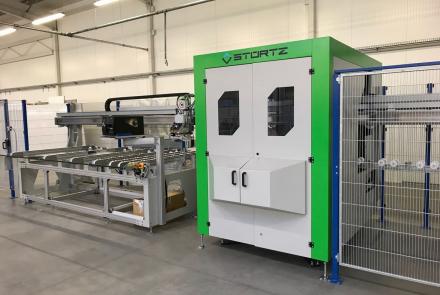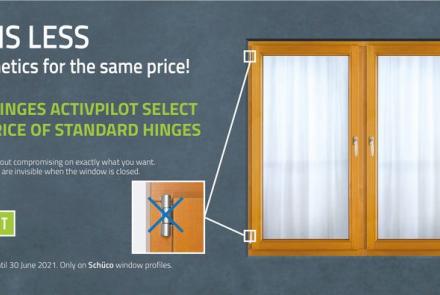What glass to choose for a front door with a light panel?
Large glazing is one of the leading architectural trends we associate with windows. However, glazing can also be found in modern entrance doors. In contemporary models, you will find visually interesting designs consisting of a wing with side or top light panel. In this article, we will discuss the main aspects regarding doors with light panels and provide tips on how to choose the right glass.
Are glazed doors airtight and secure?
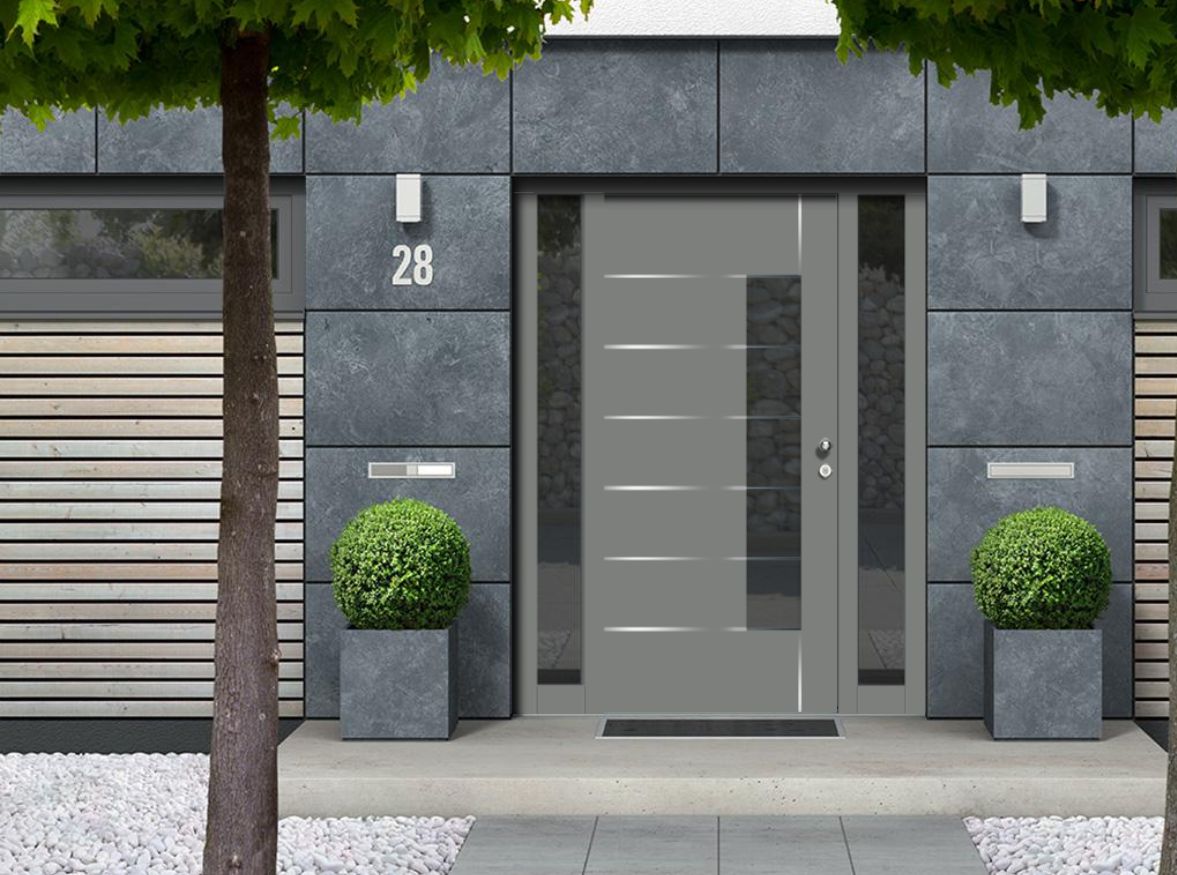
Potential customers buying external doors with glazing often wonder whether the light panel in the door adversely affects its properties, whether such a door is still airtight, provides good noise insulation and keeps the occupants safe.
When choosing glazed doors from reputable manufacturers, you do not have to worry about their performance or the safety of the occupants. Modern entrance door models are equipped with glazed units which consist of at least two panes of highly-resistant glass separated by a spacer and filled with noble gas. This construction provides excellent insulation and acoustic properties. In addition, the door can be fitted with additional burglary protection.
Advantages of doors with light panels
An unquestionable advantage of glazed doors is the excellent illumination of the corridor. The natural light that enters the house through the door glass means you can use less artificial lighting.
Glazing in doors also has an impact on the visuals, allowing you to create an original door that fits in well with current architectural trends.
Glazing types for external doors
When deciding on a door model with a light panel, we also need to choose glass type. There are indeed many possibilities, so we have put together the most popular solutions to make the decision easier.
Laminated glass
Laminated glass is made up of several layers, bonded together with a film. It has the advantage of increased shatter resistance to and safety. If the glass were to break, it would not break into small pieces, because the film would hold them in place and we would only see the cracks. Laminated glass also has the advantage of excellent sound insulation properties.
Ornamental glass
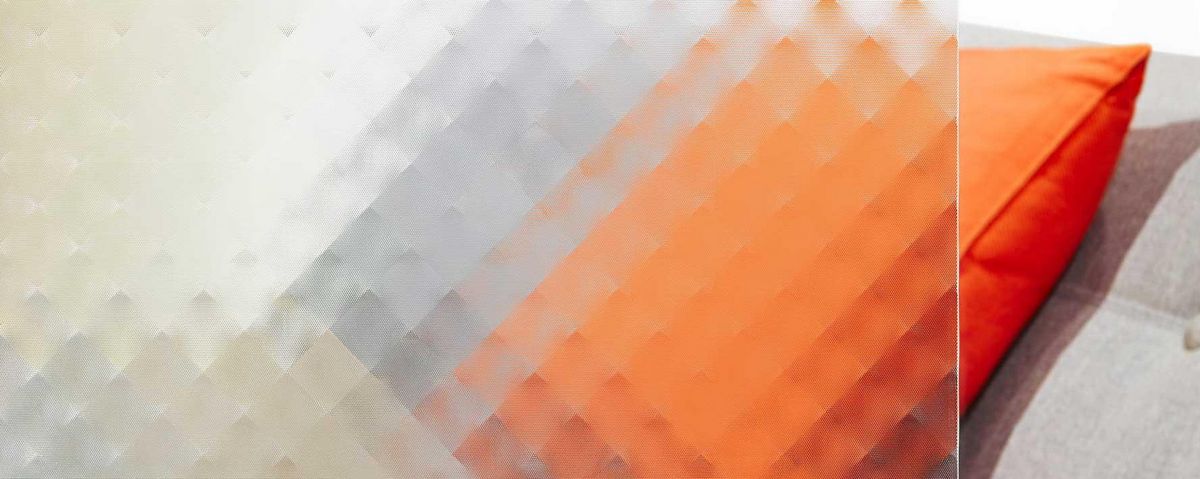
Ornamental glazing is an option for those who want to combine interesting visuals with privacy. Ornamental glass is decorated on one side and plain on the other. The decoration of the glass makes it opaque, i.e. no one from the outside can see inside. Still, sunlight enters and illuminates the atrium.
Reflective glass
Reflective glass is ‘anti-sun’ glass. Its purpose is to let the sun's rays through while blocking harmful radiation. These panes will work well when you have quite large glazings and want to reduce the heating effect in the room. Reflective glass has a special coating which ensures that from a distance people will not see what is going on inside, but when standing at the door you can have a look inside.
One-way mirror glass
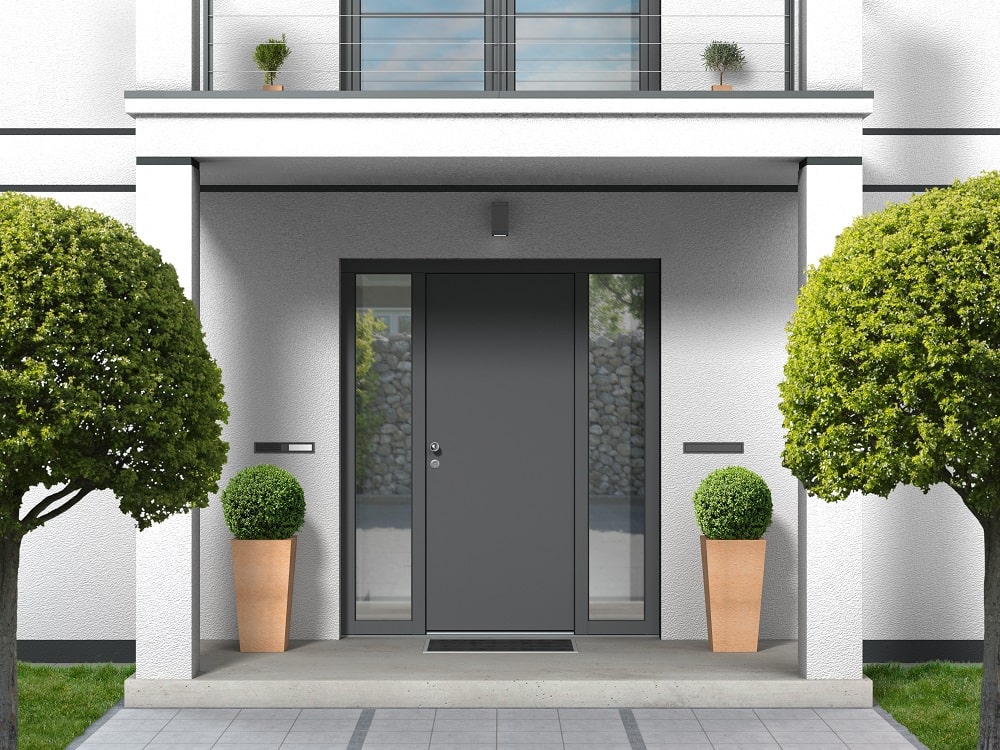
Another solution is to use one-way mirror glazing. It is a solution that will work especially well for those who want to protect their privacy but want to see what is happening on the other side. Covering the glass with a special thin metal coating which is no more than a few atoms thick ensures that we have a clear view of the outside, but those outside will not be able to look in.
Clear glass
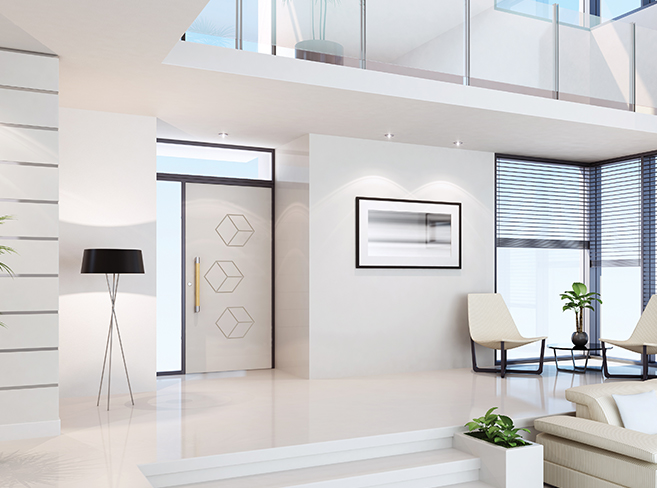
Clear (float) glass is the simplest solution, which also has its advantages. By choosing clear glass, you gain full access to sunlight. Clear glass, however, also means that others can look inside.
Tinted glass
If you want an interesting visual effect and a particular colour scheme, you can choose a door with tinted glass. Tinted glass is coloured during production by adding a special colouring agent to the mass from which the glass panes are made. Tinted glass remains translucent, with a hint of colour, giving the door an individual character and emphasising the style.
P1 safety glass
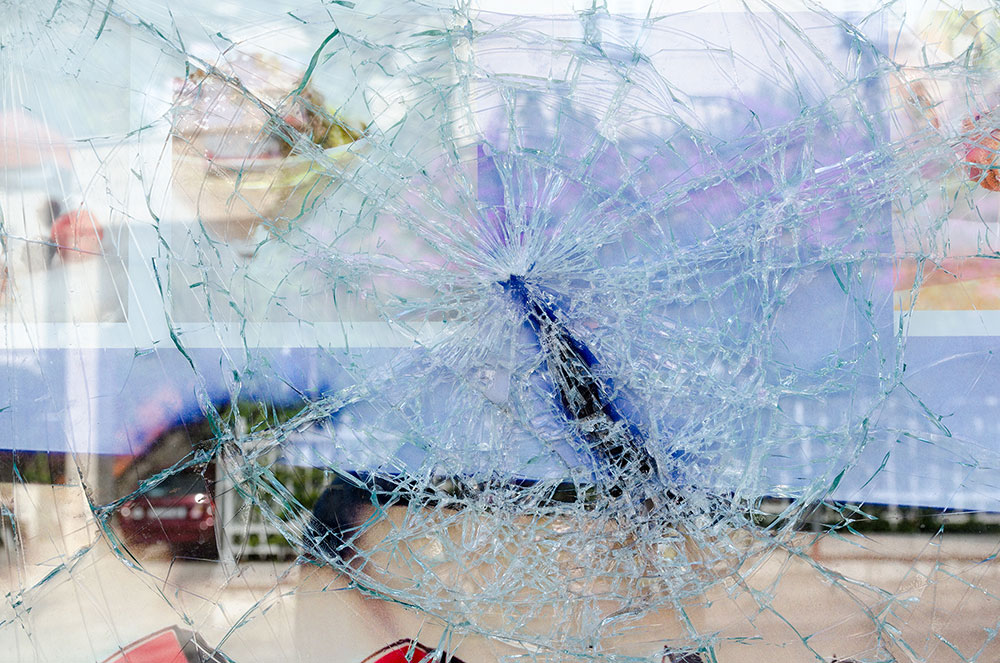
Safety glass is made up of two panes of glass with 1 layer of anti-burglary film sandwiched between them. Such glass may also be additionally coated with a low emissivity coating, which gives the glazed unit a good U-value. The advantages of P1 safety glass are very good thermal insulation parameters and increased burglary protection. Choosing P1 glass is a good option when the panes in the windows also have a similar safety class.
P4 anti-burglary glass

Another option is P4 glazing, which is made with two 4mm-thick panes of glass and 4 layers of burglar-proof film, meeting the burglar-proof requirements of Class C. The disadvantage of such a design is its heavy weight, especially when we have large glazings in the door. The choice of P4 glazing is also economically unjustifiable if the other joinery is not of a similar class.
Which door glass to choose?
The choice of glazing should depend entirely on our needs. All types of glazing in the doors supplied by reputable manufacturers make the doors safe. If safety is a priority, it is worth considering laminated glass. If, on the other hand, privacy is crucial, one of the non-transparent types of glass would be a good choice.
If you have additional questions or are struggling with choosing the right type of glazing, please do not hesitate to contact our advisors, who will be happy to help you make your choice.

 Polski
Polski English
English Germany
Germany France
France
